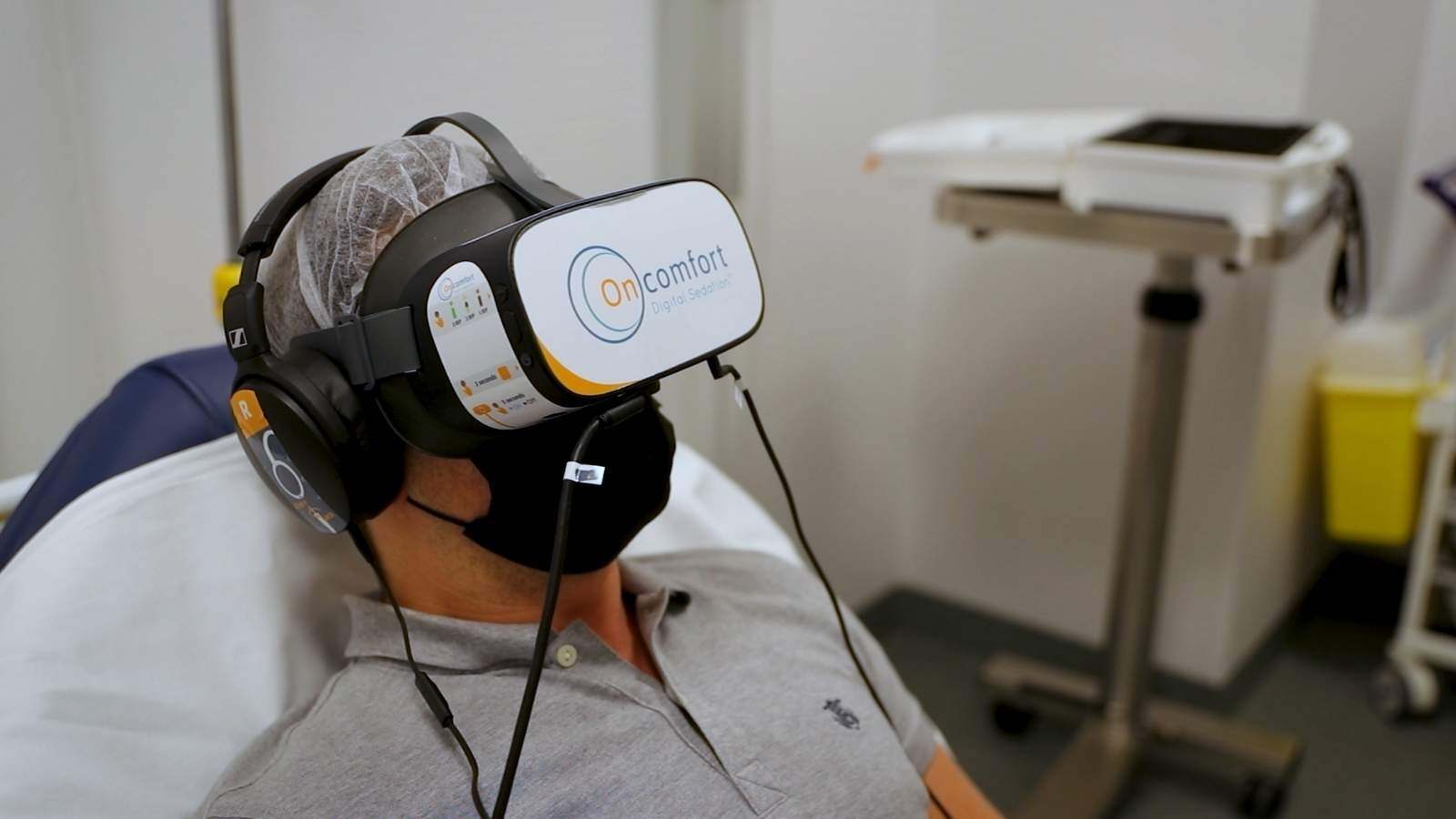In the development of pharmaceutical products, ensuring the safety and compatibility of container-closure systems (CCS) is not just good practice — it’s a regulatory requirement. One of the most critical evaluations in this space is the Extractables and Leachables (E&L) risk assessment.
Before diving into testing or designing an E&L program, it’s essential to plan ahead. A successful E&L evaluation hinges on asking the right questions early. Here’s a guide to the key topics you should consider before initiating an Extractables and Leachables risk evaluation.
Know Your Product
First, understand the type of product you’re working with. The risk profile for an oral tablet differs vastly from that of an injectable biologic. Route of administration plays a major role: inhaled, injected, or ophthalmic products demand the highest scrutiny.
If your product is intended for vulnerable populations, such as pediatrics or the immunocompromised, more stringent limits will apply.
Key questions:
- What is the route of administration?
- Who is the intended patient population?
- What is the dosage and frequency of use?
Takeaway: The product type and patient profile define your starting risk level.
Understand the Container-Closure System (CCS) and Materials
The CCS is more than just packaging; it's a critical component of product delivery and protection. Before evaluating extractables, document the materials of construction for every component in contact with the drug, from primary containers like vials and syringes to secondary packaging where relevant.
Understanding your CCS includes gathering supplier information such as material certificates, specifications, and — if available — previous extractables data.
Key questions:
- Which materials are in direct contact with the drug?
- What additives, adhesives, or lubricants are used in component manufacturing?
- Is there historical E&L data available?
Takeaway: You can’t assess E&L risk without knowing every material in contact with your product.
Regulatory Expectations and Market Strategy
Regulatory authorities such as the FDA, EMA, and standards like USP 1663 and USP 1664 provide valuable frameworks for E&L evaluations.
Knowing your target markets will help define the specific testing and risk assessment expectations you must meet.
Key questions:
- Which regulations and guidance documents apply?
- Are there market-specific expectations (e.g., Japan’s PMDA vs FDA)?
Takeaway: Align E&L strategy with the regulatory requirements of every target market from day one.
Assess Exposure and Risk
Not all leachables pose the same risk. The potential harm depends largely on the patient's exposure (how much of a chemical could be ingested, injected, or inhaled over time). Higher daily doses and longer durations of exposure typically require more stringent evaluations.
Key questions:
- What is the maximum daily exposure?
- Is the product used chronically or acutely?
- Are there excipients or solvents that could drive higher leachables levels?
Takeaway: Exposure drives toxicological risk — quantify it early.
Review Existing Data
Before starting expensive and time-consuming new studies, look for any available extractables data from component suppliers. This can streamline your testing and help you anticipate likely leachables.
Key questions:
- Is supplier E&L data available and applicable?
- Can previous internal studies be leveraged?
Takeaway: Existing data can save time, money, and unnecessary testing.
Plan Your Testing Strategy
A solid strategy is essential to efficient E&L evaluation. Carefully select model solvents that represent worst-case extraction scenarios.
Choose appropriate analytical methods (such as LC-MS, GC-MS, and ICP-MS) based on expected chemical types. Finally, ensure that simulated conditions (like elevated temperature or storage times) are relevant to your product’s lifecycle.
Key questions:
- What solvents best represent the product and worst-case conditions?
- What analytical techniques will be used?
- How will storage and shipping conditions be simulated?
Takeaway: Testing is only as good as the strategy behind it.
Prepare for Toxicological Risk Assessment
Identifying a chemical is just the beginning; determining whether it poses a toxicological risk is where true evaluation occurs.
You'll need to set safety thresholds (such as Safety Concern Threshold [SCT] and Analytical Evaluation Threshold [AET]) and ensure any detected leachables are evaluated by a qualified toxicologist.
Key questions:
- What are the toxicological profiles of expected extractables?
- Will any thresholds like TTC, SCT, or AET be applied?
- What is the plan if leachables exceed limits?
Takeaway: Analytical results only matter when linked to a robust toxicological evaluation.
Think Beyond Initial Filing: Lifecycle Management
An E&L assessment doesn’t end at regulatory submission. Materials can change, suppliers can change, and manufacturing processes can evolve. Build a plan for ongoing monitoring and change control to maintain product safety over time.
Key questions:
- How will changes to the CCS be assessed post-approval?
- What triggers a need for new E&L evaluations?
Takeaway: Continuous monitoring keeps your E&L profile accurate throughout the product lifecycle.
Final Thoughts
An Extractables and Leachables risk assessment is critical for ensuring drug product safety.
By considering key topics upfront — product profile, CCS materials, regulations, exposure, existing data, testing, toxicology, and lifecycle management — you’ll be ready to design a focused, efficient, and compliant program.
At QbD Group, we help pharma companies navigate E&L challenges from strategy to testing and toxicological assessment. Contact our experts today to plan your E&L risk evaluation with confidence.
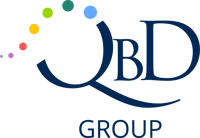

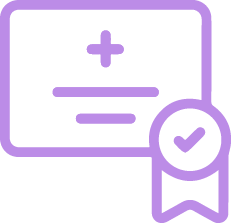

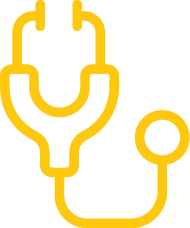
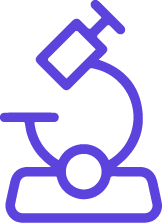
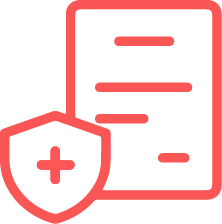
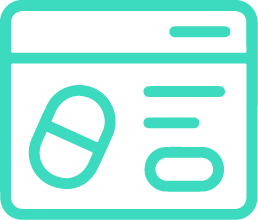










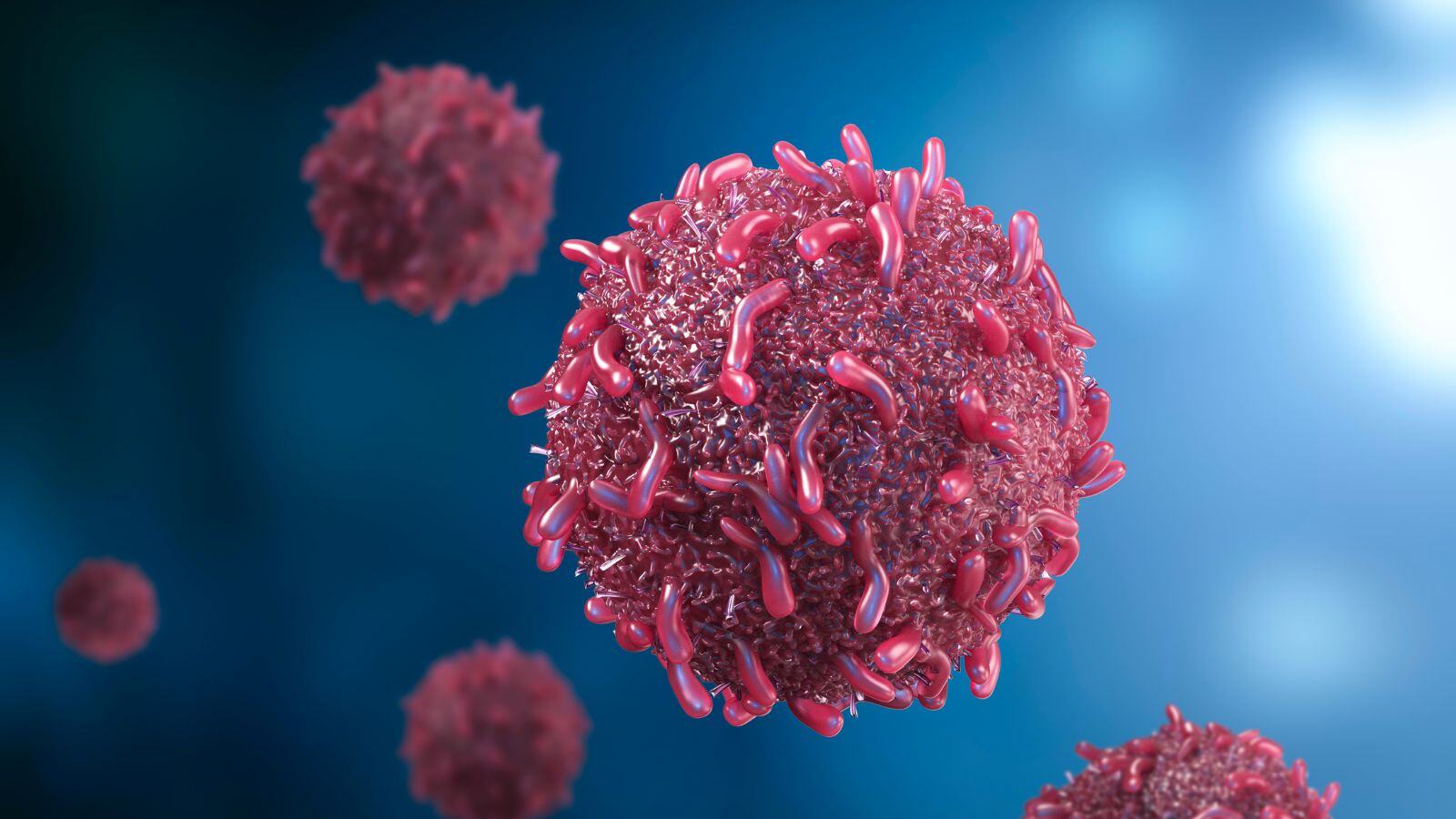
.png)

.jpg)
